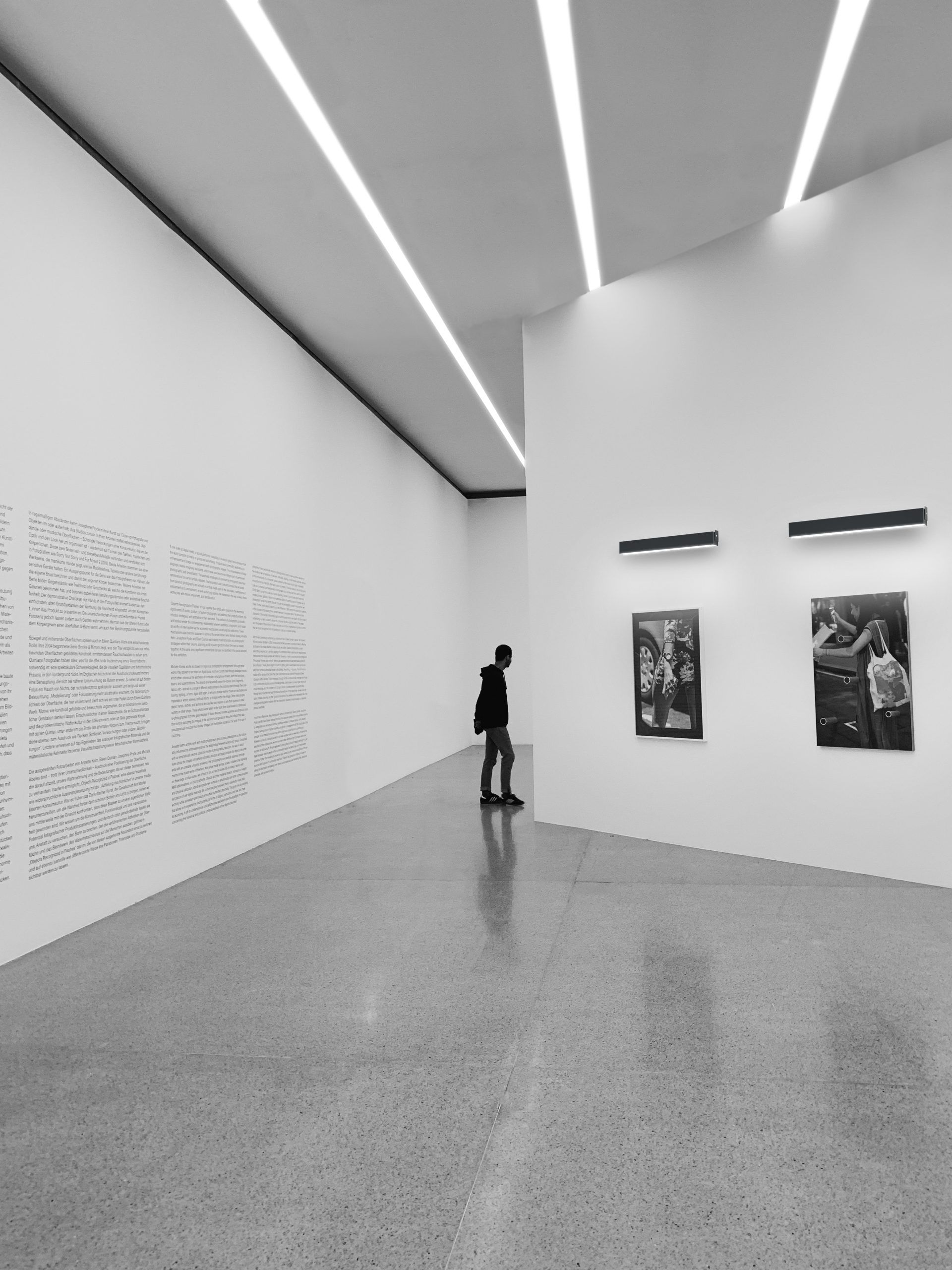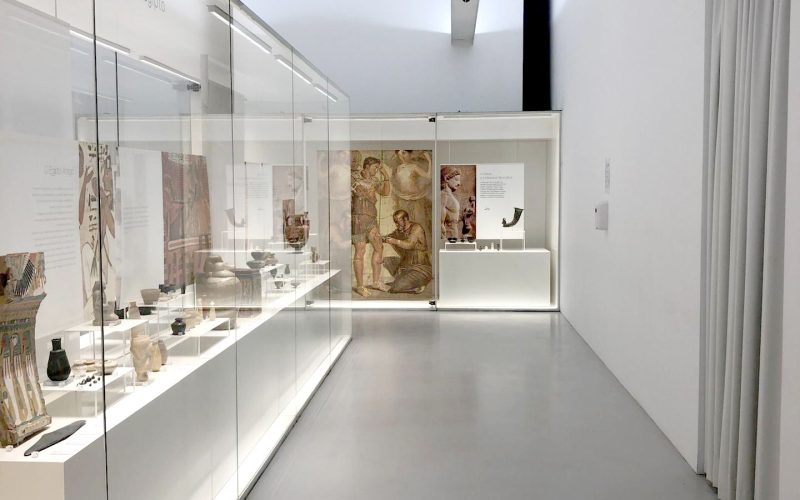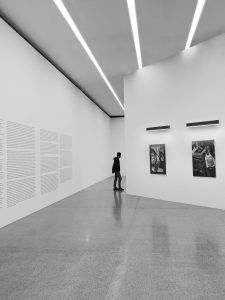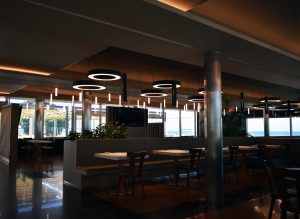Lighting Tips for Museums and Art Galleries
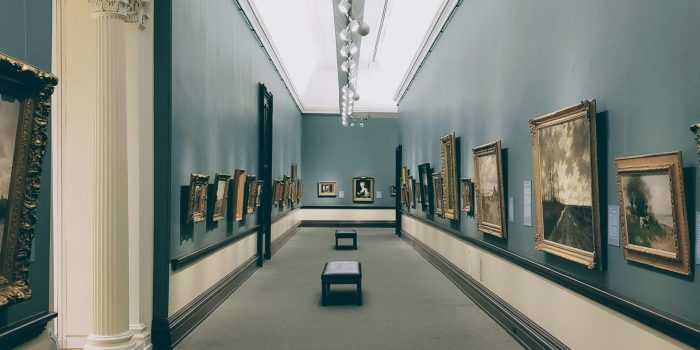
Choosing the lighting for any type of project is one of the most important stages in ensuring a balanced design. In museums and art galleries, this stage must be taken into account even more, since the purpose of the space is to highlight the image and artistic value of the pieces on display, as well as to create an immersive experience with the public.
Finding the ideal lighting that fulfills all the requirements can be tricky. For this reason, here are some suggestions and points to take into account when choosing the right lighting for museums and art galleries.
Lighting in Museums and Art Galleries: What should you take into account?
The process of planning lighting for museums and exhibition spaces must begin by considering various technical and architectural factors:
- Studying the space and its works of art:
- Characteristics such as the dimensions, colours and positioning of the items on display must be analysed beforehand, as well as the distribution of the project zones, whether it’s an art observation zone or a passage zone.
- Defining lighting objectives:
- Set clear objectives for the lighting, whether it’s highlighting the important features of the works, creating atmosphere, minimising unwanted shadows, or ensuring the safety of the exhibits.
- Luminotechnical Calculations:
- Carry out lighting calculations to determine the appropriate amount of light needed for each area. Consider the uniformity of the lighting to avoid dark or excessively illuminated spots.
- Background and Accent Lighting:
- Create background lighting to highlight walls and create a pleasant atmosphere.
- Choose to use accent lighting to highlight specific elements, such as information boards or architectural features.
- Choice of Light Sources:
- Opt for light sources that faithfully reproduce the colours of works of art. High-quality LED lamps are often used for this purpose.
- Also consider the quality of the lighting, its energy efficiency and the colour temperature emitted.
LED Technology for Museum Lighting
As already mentioned, LED technology is one of the most suitable, as it offers high energy efficiency, cost savings and greater fidelity in color reproduction through the color rendering index (CRI). This is related to the quality of the LED. The closer it is to 100%, the more realistic the color of the object displayed will be. It will resemble the color emitted by natural light, which should always be a benchmark for professionals.
Compared to halogen lighting, the use of LEDs reduces heat emissions by 80 percent and the absence of UV rays allows the pieces to be preserved.
These are just some of the factors that are crucial to the success of any interior lighting project.
Different Types of Lighting for Museums
Focus lighting systems have been gaining prominence in the lighting of museums and art galleries, with a simple design that allows the pieces to be adapted to the project.
Equipped with adjustable and flexible spotlights, this type of luminaire is ideal for highlighting the key points of an exhibition and hierarchizing its elements, creating shadows and depths that will guide the public’s experience. Ideally, the angle of incidence should remain at 30º, thus avoiding the glare caused by reflections from shiny surfaces.
Recessed ceiling lights are also a good option for mood lighting. As well as guaranteeing a discreet and minimalist look, the luminous flux keeps the lighting uniform throughout the space, something that is essential for areas that require greater concentration of the public.
To illuminate a segment dedicated to exhibiting artifacts, reflector lenses are the best option.
In this project, located in Porto’s Pharmacy Museum, the use of the Infinity XSlim Suspended with Reflectors was crucial for the good illumination of the artifacts. As well as directing the luminous flux toward the objects in focus, this luminaire reduces light dispersion thanks to the 24º opening angle in the reflector lenses.
Optimize your interior projects with the right lighting. Discover here all the technical and architectural lighting solutions that will help you develop your projects.
Consulting a lighting professional can provide valuable expertise and guarantee a successful lighting project.
Begolux has a lighting planning service for interior projects, available to professionals looking for support in planning the lighting of spaces. Contact us and find out more about this service.

Booklet | new designs and new projects
CONTACT US AND GET THE BEST SOLUTIONS FOR YOUR PROJECT
comercial@begolux.com
Tel.: (+351 229 734 355)
(Landline International Call)
VISIT OUR SHOWROOM
